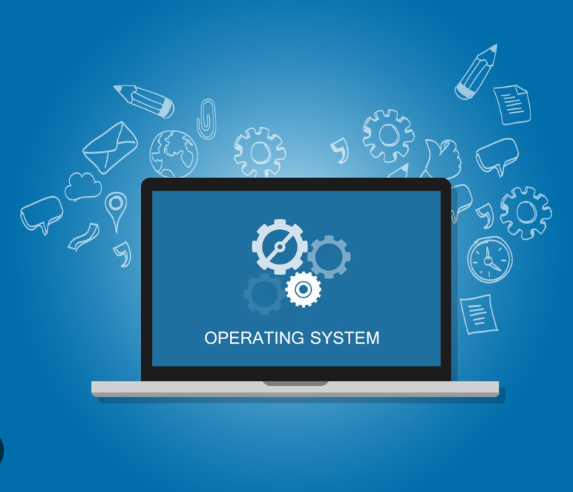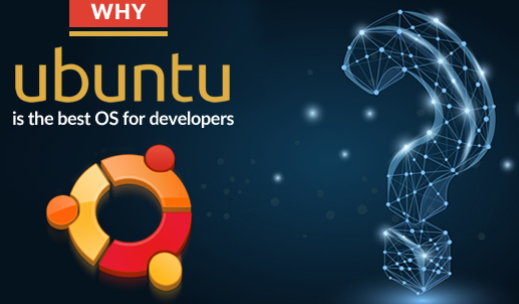
Types of Operating Systems | Batch, Time-Sharing, Real-Time & More
Operating systems come in various types, each tailored to meet different computing needs — from managing airline reservations to powering smart devices. In this blog, we’ll explore six major types of operating systems with definitions, examples, and real-world applications.
1. Batch Operating System
Definition: A batch OS processes similar jobs in groups or batches without user interaction during execution.
How it Works:
- Jobs are collected, grouped, and executed sequentially.
- Users submit jobs (data + program) to the operator on punch cards or disks.
Example:
- IBM OS/360, used in early mainframe systems.
Real-Life Use Case:
- Payroll systems
- Bank statement processing
- Weather forecasting simulations
Related: What is System Software?
2. Time-Sharing Operating System
Definition: A time-sharing OS allows multiple users to access a single system simultaneously by dividing CPU time efficiently.
Key Features:
- Multitasking with short time slices (called quantum)
- Immediate feedback to users
Example:
- UNIX, used in universities and research labs.
Real-Life Use Case:
- Online reservation systems
- Multi-user educational labs
- Remote development environments
3. Real-Time Operating System (RTOS)
Definition: A real-time OS processes data and events within strict time constraints, often in milliseconds.
Types:
- Hard RTOS: Absolute deadlines (e.g., flight control)
- Soft RTOS: Flexible timing (e.g., multimedia streaming)
Examples:
- VxWorks, FreeRTOS, RTLinux
Real-Life Use Case:
- Pacemakers
- Industrial robots
- Anti-lock braking systems (ABS)
See also: Firmware vs Software
4. Distributed Operating System
Definition: A distributed OS manages a group of independent computers and presents them as a single system.
Features:
- Resource sharing
- Load balancing
- Fault tolerance
Examples:
- Google’s Android OS for servers
- Amoeba, LOCUS
Real-Life Use Case:
- Cloud computing environments
- Data centers like Google, AWS
- Grid computing for scientific research
5. Embedded Operating System
Definition: An embedded OS is built into special-purpose devices to perform specific tasks efficiently with minimal resources.
Key Features:
- Compact
- Low power usage
- Limited user interface
Examples:
- TinyOS, Embedded Linux, Windows IoT
Real-Life Use Case:
- Smart TVs
- ATM machines
- Car infotainment systems
Related blog: What is Middleware?
6. Network Operating System
Definition: A Network OS enables resource sharing across connected computers in a network.
Key Capabilities:
- Centralized user management
- File and printer sharing
- Network security and backups
Examples:
- Microsoft Windows Server
- Linux-based Ubuntu Server
Real-Life Use Case:
- Office networks
- School computer labs
- Remote file servers
Summary Table
| Type | Key Purpose | Example | Use Case |
| Batch OS | Run jobs in groups | IBM OS/360 | Payroll systems |
| Time-Sharing OS | Multi-user interaction | UNIX | Online reservations |
| Real-Time OS | Instant response | VxWorks, FreeRTOS | Medical devices, ABS |
| Distributed OS | Combine resources of many PCs | Amoeba, Android for servers | Cloud systems, research |
| Embedded OS | Operate smart/mini devices | TinyOS, Windows IoT | ATMs, smartwatches |
| Network OS | Manage networked computers | Windows Server, Ubuntu Server | School/office networks |
Final Thoughts
Each type of operating system is designed with specific goals in mind—from handling real-time missions to powering everyday gadgets. As technology advances, hybrid systems that combine features from multiple OS types are becoming increasingly common.


